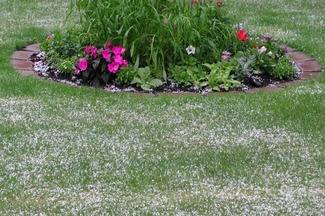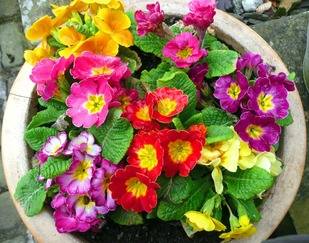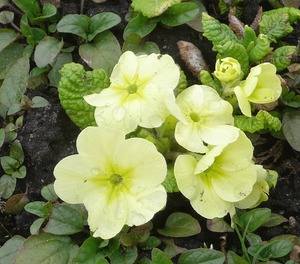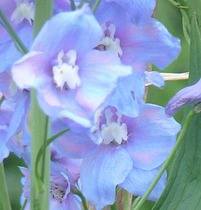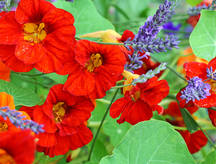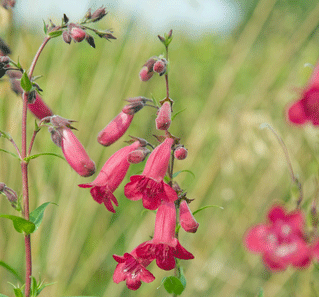When can I plant out bedding plants
Posted on
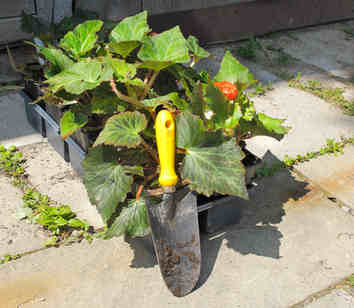 |
What is the right time to plant out bedding plants is a questions often asked. It's easy to be confused because the garden centres and on line sales are advertising bedding from early in the year trying to catch our gardening spend. In some garden centres the bedding can look quite mature, and even be in flower. The straightforward guide is that bedding should not be planted out until all risk of frost has passed. Bedding plants, when cultivated in the UK, are tender and frost will damage or kill the plant, particularly young plants. Also, the bedding plants we buy are in pristine condition with bright leaves and flowers. They look like this because they are grown in perfect conditions, with a regulated temperature and precise watering. When in the garden the plants face all sorts of conditions, drought, torrential rain, chilly winds and possibly hail. If you have access to a green house/conservatory its better to harden off the plants before planting out , which means to gradually acclimatise them to the real weather outside. If you haven't anywhere under glass to do this you can put the bedding outside and place a cloche over the plants, lifting off on good weather days and covering on nights when frost threatens. If none of this appeals wait until the end of May/June before buying plants and hope for a reasonable spell when planting out. Its important when you do plant to water both to give the plants a drink, but also to settle the soil down around the plant. For more tips on bedding plant care look at the Sunday Gardener's Calender for April. Any questions about bedding plants or for gardening advice e mail the Sunday Gardener. |

